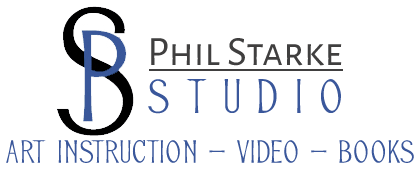Zorn’s Edges
I was in New York a couple of weeks ago when the National Academy of Design had a show of Anders Zorn’s paintings and etchings. Simultaneously they had a show titled Zorn’s American Associates featuring John Singer Sargent, Augustus St. Gauden’s and John White Alexander. It was a really great exhibit. The only problem was I didn’t see it. I was busy teaching a workshop in Central Park just across the street. I’m not complaining. It was a very good workshop, Central Park is a great place to paint but the exhibit was so close yet so far away. Theres always the internet though, so I googled Zorn and looked at all the paintings on line.
What I really take away from Zorn’s work is his use of edges. We get carried away with realism (I’m speaking to myself here). We tend to get too literal, each area of a figure or landscape turns into a focal point and we end up with several little finished paintings instead of one.
When we look at a subject, landscape, still life, figure, we focus on one area, we can’t focus on everything at one glance. Thats how we should paint. The focal point should have the sharpest edges and other areas should soften especially in the shadows. Edges in the shadows should disappear while light edges, specially those against dark shapes, will be harder.
Below is a portrait by Anders Zorn. He uses a variety of edges to make the form come out at the viewer or sink back into the shadows. Mainly he does this by losing the edges in the shadow and keeping them harder in the light.

image1
In this close up of the hand, in the same painting, you can see he obliterates the edges on the shadow side and when you contrast this with the harder edges on the light side the form it takes on a 3 dimensional look.

image2
In this painting of a woman he uses softer edges to simplify and to show form on her face. Her black dress has no hard edges except where the light hits it, the shadows are simplified and show no edges.

Anders Zorn: Omnibus I. NM 6810
In the detail of the face he uses hard edges to show the cast shadow on her face and the soft edges to show the form shadow on her face. Cast shadow have hard edges and form shadows ( where the form gets darker as it goes around) have softer edges.

Anders Zorn: Omnibus I. NM 6810
One last image of a Zorn self portrait. I have arrows pointing to the hard edges. The edges on the collars are hard because they are light and are coming towards the viewer. The hard edge near the eye is a cast shadow so it is harder than the other edges around the eye. The forms that recedes onto the shadow has lost edges. See more of Zorn’s work here: Anders Zorn: Sweden’s Master Painter

Anders Zorn: Självporträtt.NM 1510
If you like this post
For Email Marketing you can trust.
